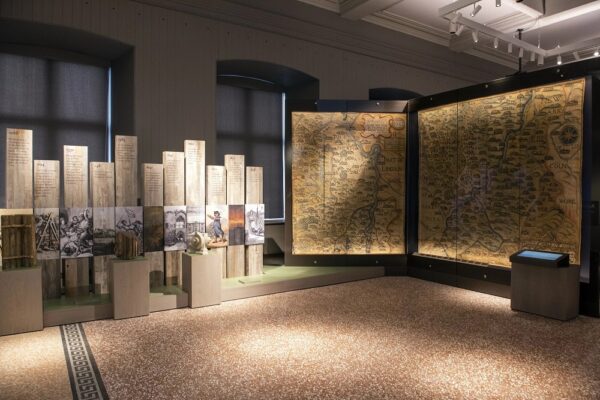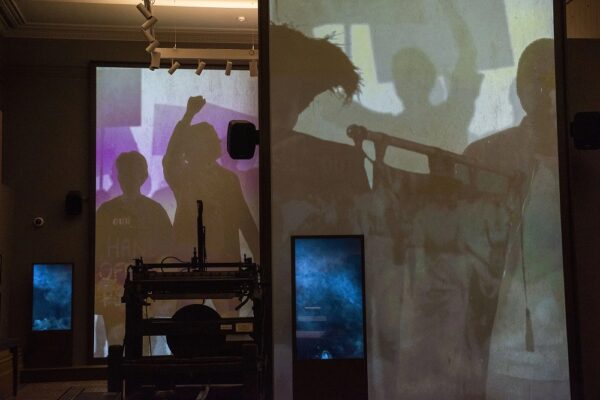
Rebellion Gallery
Previous Page

Step back in time and experience three of Nottingham’s most rebellious and bloody episodes
The Rebellion Gallery explores the more riotous moments in the history of Nottingham, its castle and the impact these had on the country. Discover the people of Nottingham’s inherent rebel spirit as you travel through these three tempestuous moments when the people rose against the powerful few.
Advisory notice: Please note that this gallery features the history of Nottingham and the Castle over the last 1,000 years and includes content that some could find distressing.

Parliament vs the King
The Civil War
In August 1642, King Charles I signalled the start of the Civil War at Nottingham Castle by raising his standard on a hill just outside the walls. But the people of Nottingham were unimpressed by the King’s call to arms and the town became a stronghold for Parliament throughout the conflict.
With the sturdy walls of Nottingham Castle, defended by Governor John Hutchinson and documented by Lucy, his diarist wife, see first hand life in a castle at war.
Discover the soldiers, the sieges and the subterfuge of this turbulent period in the country’s history.


The fight against exploitation
The Luddites
It’s 1811 and here comes Ned Ludd with his hammer of defiance – smashing the masters’ knitting frames in protest for an honest living. Nottingham’s textile workers had made the town wealthy but their livelihoods were now at risk.
As Napoleon threatened Europe, Nottingham’s textile workers were in a fight of their own as their labour was being phased out through rapid industrialisation. “As poor as a stockinger” had become an everyday phrase, and you can only push hungry people so far.
When threatening letters were sent to the local press and gangs start breaking industrial machinery, rebellion was in the air.


The fight for the vote
Parliamentary Reform
By the 1830s Nottingham had become an over-crowded industrial town and the people wanted more say in how decisions are made. Parliament was corrupt with the right to elect MPs given to only a select few in rotten boroughs and, while Nottingham elected two MPs, some towns and cities elected none.
Trouble was brewing when the House of Lords, including the Castle’s owner, the Duke of Newcastle, threw out the reforms which would have given more people the vote and scrapped the system’s worst excesses. Tempers ignite, leading to Nottingham’s most notorious act of protest – the burning of the Castle on the night of 10th October 1831.
Watch as the Riot Act is read and the Hussars are called up to put down the riots by force.

